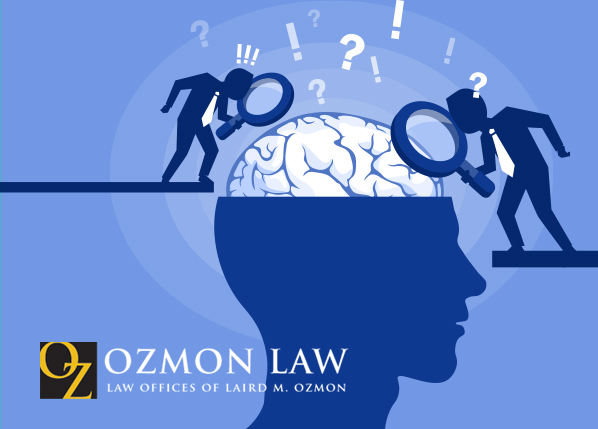
Neuroscientists can attest—our brains are changing. The human attention span is short; it has been clocked at as low as 8 seconds. Some neuroscientists say stop blaming you’re smart phones, it’s your brain’s fault. Technology just makes it worse.
Our brains are designed to constantly seek new information. But the brain is terrible at follow-through because the information-seeking part is way stronger than the cognitive control part that allows a person to complete tasks and retain information. From an evolutionary standpoint, scientists remind us that realizing there was a lion behind you was far more important than sticking to whatever task you were busy with before it showed up.
So where does that leave us when our client’s well-being and future require days and maybe weeks of rapt human attention at trial? Putting on a personal injury case can be complicated and tedious to the lay observer. Attorneys rise to the challenge. Considering this limited attention span, it is important the jury is kept interested and does not get bogged down in all of the complicated legal maneuvering.
We have had to evolve with the times while adhering to decades-old evidentiary rules that demand painstaking detail. In keeping with the science and cultural trends, I have found certain strategies to improve the chances the jury will grasp the important details of the case and relate to the plaintiff at trial.
For instance, when we present our case in opening statements and closing arguments we embrace storytelling. There is nothing as engaging as a good narrative, and to the extent we can spike it with emotion at its most important points, we have a better chance of holding the attention of the jury. Then we have to retain it.
To do that we use great visuals. People relate to what they see. Many are visual learners. Technology works to our advantage here as we can create more engaging demonstrative evidence than the tired old blow-up. One of the reasons for our decreasing attention is that we are assaulted by imagery. Therefore carefully choosing what and how jurors see important evidence impacts their involvement with the presentation of the case.
Another way to keep jurors on their toes is by linking new concepts with familiar ones – the brain works by making connections between what we already know and what is new to us. So keep returning to the narrative from your opening. We have to revisit the themes of the case to bring the plaintiff’s story home and have it resonate in closing argument.
Finally, and this is a hard one for us lawyers, keep it simple. The more complicated we make it, the higher the likelihood jurors will lose interest out of sheer frustration or boredom. The fact is we were all raised to appreciate the simplicity of a good narrative and can relate to the enrapture we felt listening to our favorite bedtime story.

Attorney Laird M. Ozmon
